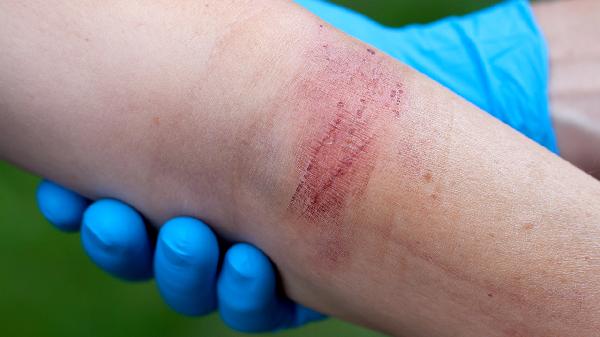We've all been there—staring at our phones, fingers hovering over the keyboard, debating whether to text that ex or situationship "just one more time." Maybe you tell yourself it's for closure, or maybe you're just craving that familiar comfort. But deep down, you know reaching out is a bad idea. That's where the graveyard method comes in—a simple but surprisingly effective trick to keep you from backsliding into old habits.
The Graveyard Method: How It Works
So, what exactly is the graveyard method? It’s not some dark ritual (though the name might suggest otherwise). Instead, it’s a digital boundary-setting tool. Here’s how it works: You take your ex’s contact in your phone and replace their name with a tombstone emoji (). That way, their name disappears into the abyss of your contacts, buried beneath a sea of other nameless entries. No more quick searches, no more accidental drunk texts—just a symbolic burial of that connection.
When I first heard about this trick from a viral TikTok, I was skeptical. Could something so simple really work? But after trying it myself, I realized there’s something oddly powerful about seeing that little tombstone where their name used to be. It’s a visual reminder that this chapter is closed—no do-overs, no resurrections.
Why the Graveyard Method Actually Works
At first glance, this might seem like a silly social media trend, but mental health professionals confirm there’s real psychology behind it. Carlos Escobar, a licensed mental health counselor, explains that the tombstone acts as a mental deterrent. "By changing their name to a symbol of finality," he says, "you’re reinforcing the idea that this relationship is over." It’s not just about hiding their number—it’s about rewiring your brain to associate them with an ending rather than a potential reconnection.
Claire Law, a relational psychotherapist, adds that the imagery itself plays a crucial role. "The tombstone isn’t just a placeholder—it’s a symbolic burial," she says. "It helps create a sense of closure, which is something many people struggle with after a breakup." When you see that emoji, your brain registers it as a definitive stop, making it easier to resist the urge to reach out.
My Personal Graveyard Experiment
Last year, I found myself in a classic situationship—three months of late-night texts, weekend sleepovers, and just enough emotional intimacy to make the eventual crash hurt. When it ended, we agreed on no-contact, but my fingers had other ideas. I’d catch myself typing out messages, then deleting them, then typing them again. It was exhausting.
That’s when I stumbled upon the graveyard method. Skeptical but desperate, I gave it a shot. The first few days were weird—seeing that tombstone instead of her name felt dramatic, almost comical. But then something shifted. Every time I scrolled past it, I was reminded: This is over. No more "What if?" No more "Maybe this time will be different." Just a clean break.
Did it stop me from missing her? No. But it did stop me from acting on that longing. And that, in itself, was a win.
The Limits of the Graveyard (and No-Contact in General)
Here’s the thing: The graveyard method is a great first step, but it’s not a cure-all. Escobar points out that while it can prevent impulsive texts, it doesn’t address the deeper emotional work needed to fully move on. "No-contact is a tool, not a solution," he says. "You still have to process the grief, the what-ifs, and the lessons from the relationship."
For me, the graveyard was a bandage—it stopped the bleeding, but the wound was still there. I still thought about her. I still missed the way she laughed at my dumb jokes, the way she’d send me random memes in the middle of the day. The tombstone kept me from texting her, but it didn’t erase the memories.
Law agrees, emphasizing that true healing requires more than just avoiding contact. "This method works best when paired with self-reflection, support from friends, and maybe even therapy," she says. "The goal isn’t just to stop talking to your ex—it’s to rebuild yourself in their absence."
Moving Forward: Life After the Graveyard
So, where does that leave us? The graveyard method is a clever, low-effort way to enforce no-contact, but it’s only the beginning. If you’re serious about moving on, you’ll need to do the messy, emotional work too—journaling, talking it out with friends, maybe even seeking professional help.
For me, the tombstone was a starting point. It gave me the space I needed to start healing without the constant temptation of reaching out. And over time, the urge to text faded. The memories didn’t disappear, but they lost their grip. These days, when I scroll past that little tombstone, I don’t feel a pang of longing—just a quiet acknowledgment that some things are better left buried.
If you’re struggling with no-contact, give the graveyard a try. It might not fix everything, but it’ll buy you the time and space you need to heal. And who knows? Maybe one day, you’ll look back and realize you didn’t just bury their contact—you buried the old version of yourself that couldn’t let go.
























